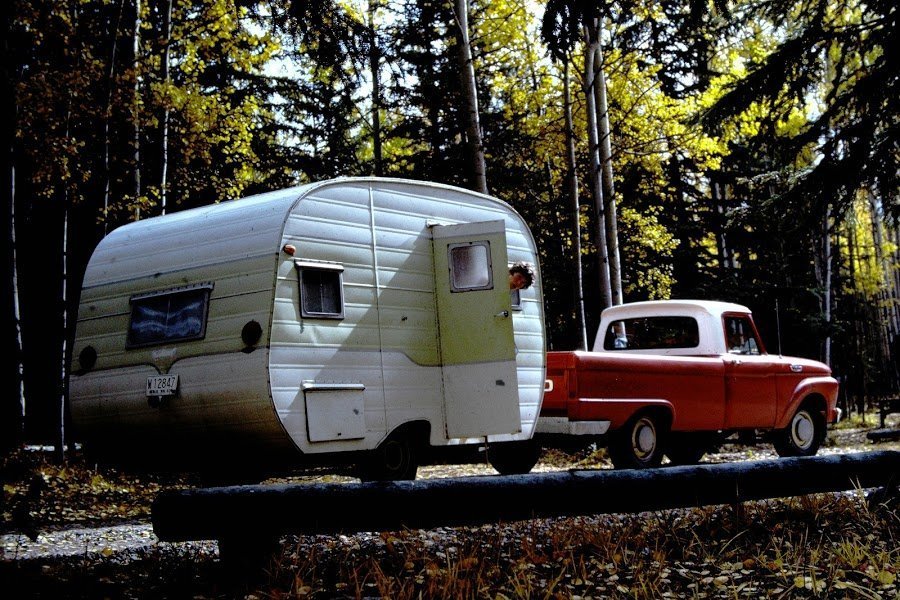Glacier National Park boasts a diverse array of rocks, primarily sedimentary formations dating back over a billion years. The park’s geology is dominated by ancient sea beds, now uplifted into majestic mountains. Sedimentary rocks like limestone, argillite, and quartzite form the bulk of the park’s geology, with some igneous intrusions and metamorphic rocks adding to its complexity. This geological diversity creates the park’s stunning landscapes and provides a window into Earth’s ancient past.
What Are the Main Types of Rocks Found in Glacier National Park?

Glacier National Park’s geological makeup can be categorized into three main rock types:
- Sedimentary Rocks
- Igneous Rocks
- Metamorphic Rocks
Let’s explore each of these in detail.
Sedimentary Rocks
Sedimentary rocks form the majority of Glacier National Park’s geological formations. These rocks were deposited between 1.2 billion and 800 million years ago when the area was repeatedly submerged under ancient seas. The park’s sedimentary formations include:
- Altyn Formation
- Composition: Limestone
- Thickness: Approximately 250 meters
-
Notable features: Often contains fossilized algae colonies
-
Appekunny Formation
- Composition: Green argillite and quartzite
- Thickness: 530 to 690 meters
-
Notable features: Green color due to the mineral chlorite
-
Grinnell Formation
- Composition: Bright red argillite with significant quartzite layers
- Thickness: 530 to 790 meters
-
Notable features: Red color indicates iron oxidation
-
Siyeh Formation
- Composition: Limestone with fossilized blue-green algae colonies (stromatolites)
- Age: Slightly less than a billion years old
- Notable features: Forms bold cliffs and mountain tops
Igneous Rocks
While less prevalent than sedimentary rocks, igneous formations play a significant role in the park’s geology:
- Purcell Sill
- Type: Diorite
- Thickness: Approximately 100 feet
- Location: Visible on Mt. Siyeh, Mt. Cleveland, and other high peaks
-
Notable features: Caused contact metamorphism in surrounding limestone
-
Pillow Basalt
- Formation: Resulted from lava eruptions onto the sea floor
- Location: Can be observed in the Granite Park and Boulder Pass areas
- Notable features: Distinctive pillow-like structure
Metamorphic Rocks
Metamorphic rocks in the park are primarily the result of heat and pressure applied to existing sedimentary layers:
- Contact Metamorphism
- Cause: Intrusion of the Purcell Sill
-
Result: Surrounding Siyeh limestone metamorphosed into white marble
-
Belt Quartzites and Argillites
- Type: Low-grade burial metamorphism
- Result: Slightly metamorphosed quartz sand and clay deposits
How Did Glaciers Shape the Park’s Geology?

Glacier National Park’s landscape has been profoundly influenced by both ancient and recent glacial activities:
-
Glacial Carving: Large Ice Age glaciers and smaller, more recent glaciers sculpted the park’s rugged peaks and deep valleys.
-
U-Shaped Valleys: The characteristic U-shaped valleys throughout the park are a testament to glacial erosion.
-
Glacial Lakes: Numerous lakes in the park occupy basins carved out by glaciers.
-
Recent Glaciers: The park currently hosts 26 glaciers, all formed within the last 6,000 to 7,000 years, continuing to shape the landscape.
What Are the Unique Features of Sedimentary Rocks in the Park?
The sedimentary rocks in Glacier National Park possess several distinctive characteristics:
- Thickness: The formations vary greatly in thickness:
- Altyn Formation: 250 meters
- Appekunny Formation: 530 to 690 meters
-
Grinnell Formation: 530 to 790 meters
-
Preservation: Many formations show well-preserved features such as mud cracks and ripple marks, indicating shallow water deposition.
-
Fossil Content: The Siyeh Formation contains fossilized blue-green algae colonies (stromatolites), offering insights into ancient life forms.
-
Color Variations: The formations display a range of colors:
- Altyn Formation: Typically gray limestone
- Appekunny Formation: Distinctive green due to chlorite content
- Grinnell Formation: Bright red from iron oxidation
Where Can Visitors Best Observe These Geological Features?
Glacier National Park offers numerous locations for observing its geological wonders:
-
Going-to-the-Sun Road: This scenic drive provides access to many of the park’s geological formations, including views of the Altyn, Appekunny, Grinnell, and Siyeh Formations.
-
Hiking Trails:
- Swiftcurrent Pass Trail
- Piegan Pass Trail
-
Logan Pass area trails
These offer close-up views of the Purcell Sill and other formations. -
Marias Pass: Offers a view of the Lewis overthrust, a significant geological feature where older rocks were pushed over younger rocks.
-
Many Glacier Hotel Area: Provides excellent views of the Siyeh Formation and the Purcell Sill on the face of the Garden Wall.
-
Logan Pass: An accessible location to observe the Purcell Sill and other formations.
What Is the Geological Timeline of Glacier National Park?
To better understand the geological history of Glacier National Park, let’s look at a simplified timeline:
| Time Period | Geological Event |
|---|---|
| 1.5 billion years ago | Deposition of sediments in shallow seas begins |
| 1.2 – 800 million years ago | Formation of major sedimentary rock layers |
| ~1 billion years ago | Intrusion of Purcell Sill |
| 75 – 55 million years ago | Lewis Overthrust event |
| 2 million – 12,000 years ago | Pleistocene glaciation shapes landscape |
| 6,000 – 7,000 years ago | Formation of current glaciers |
| Present day | Ongoing glacial activity and erosion |
This timeline illustrates the vast span of geological time represented in the park’s rocks and landscapes.
In conclusion, the rocks at Glacier National Park tell a story spanning over a billion years of Earth’s history. From ancient sea beds to glacial sculpting, the park’s geology offers a fascinating glimpse into the processes that have shaped our planet. Whether you’re a geology enthusiast or simply appreciate natural beauty, the rocks of Glacier National Park provide an awe-inspiring testament to the power and persistence of geological forces.
References:
1. Geologic Formations – Glacier – National Park Service
2. Stratigraphy of Glacier National Park – YouTube
3. Diorite Sill – Glacier NP: The Geologic Story of Glacier National Park